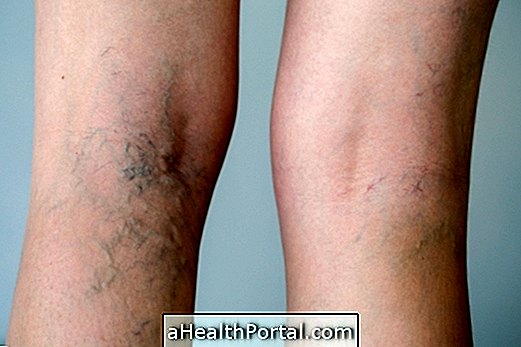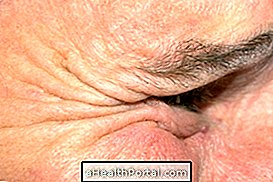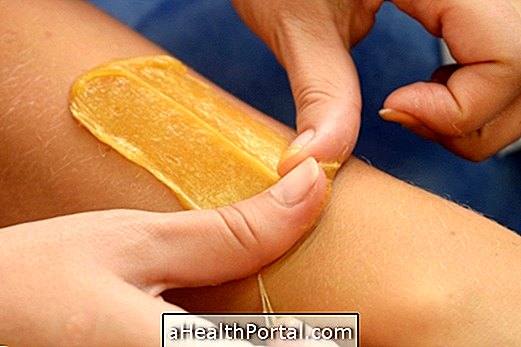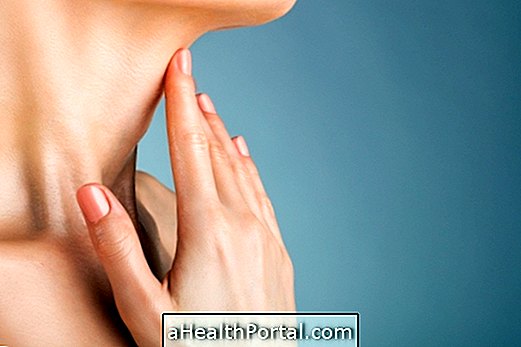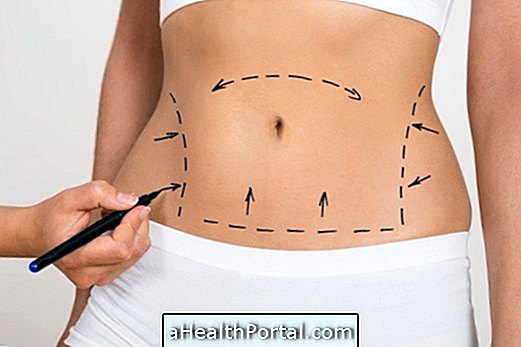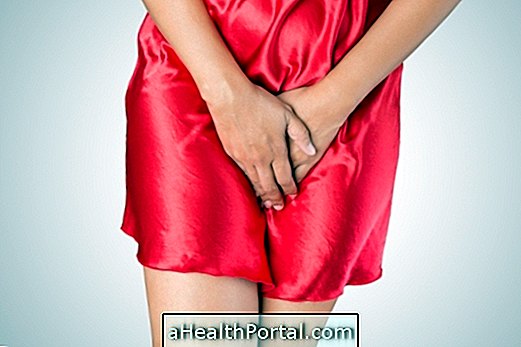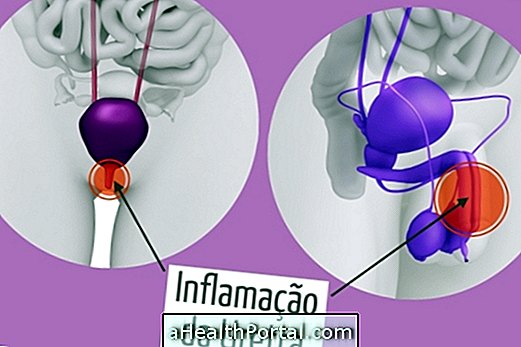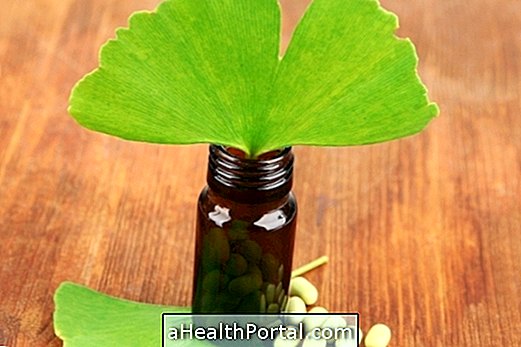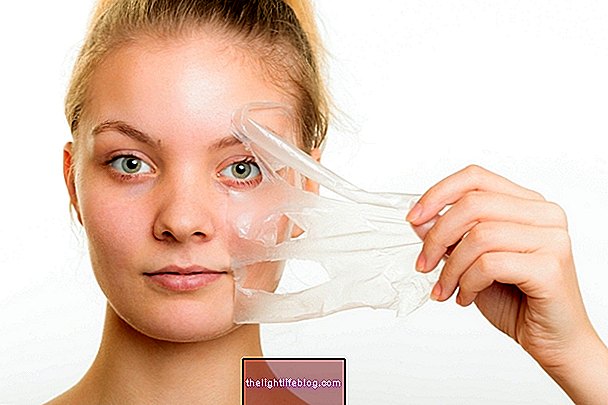Capillary sealing is a deep moisturizing technique for hair that leaves hair without frizz and fully sealed because it consists of washing hair with anti-waste shampoo, then apply several super moisturizing products like mask, keratin and ampoule of vitamins, drying the hair hair with dryer and passing the board to finish, sealing the wires.
This technique is known by this name because ironing the hair or the board on the wires, still with humectant, seals the cuticles, leaving hair more shiny and moisturized, with an effect also called 'fainting hair'. Other names for capillary sealing are capillary shielding and thermal sealing.
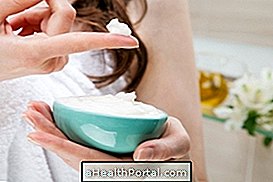

Steps for capillary sealing at home
To make a good heat sealing at home it takes only 3 key ingredients:
- 3 tablespoons capillary reconstruction mask
- 1 tablespoon liquid keratin
- 1 half-lime ampoule.
Simply mix everything in a container until it is even cream. The step by step to make the capillary sealing at home consists of:
1. Wash your hair with anti-residue shampoo to open the hair cuticles well;
2. Gently dry the hair with a drier, only to remove excess water;
3. Separate the wick hair by wick and apply the mixture of creams, throughout hair, and then finish with a little bit of thermal protector;
4. Dry the hair with a drier and then pass the plank on each strand of hair;
5. Allow the product to act for 20 to 30 minutes;
6. Rinse thoroughly with water only to remove all mask from wires;
7. Pour a combing cream, a mixture of 100 ml of water to 25 ml of vinegar, or 1 ampoule of vitamin E and let it act for 5 minutes;
8. Rinse the hair again;
9. To finish you must apply a thermal protector and then dry the hair with dryer and board or let it dry naturally.

Most common questions about capillary sealing
1. Does the hair sealing smooth the hair?
Yes, when it is made with a smoothing product, but when it is made with humectants only, it only moisturizes deeply.
2. Is sealing good for straight or curly hair?
Capillary sealing can be indicated for all types of hair, as long as it is dry or damaged, requiring good hydration. But who has curly hair and does not want to smooth, can use the diffuser dryer to dry the root well and do not need to use the board.
3. How long does the capillary sealing last?
The effect of thermal sealing only made with creams and moisturizing products lasts about 15 days, but this technique does not smooth the hair, it just closes the cuticles, moisturizing deeply. However, when sealing is made with hair straightening products mixed with moisturizing creams, this is actually a smoothing technique, and in this case, the sealing lasts about 3 months.
4. Does capillary sealing have formaldehyde?
Formaldehyde products are not authorized by Anvisa for safety reasons. However, formaldehyde can still be added in a homemade or salon mix, and the first sign that the seal is being made with formalin is the strong smell and stinging in the eyes.
5. How many times can the sealing be done?
When the hair is very dry you can do the sealing 2 times a month, but always being careful not to pass on the scalp to not favor dandruff.
6. Is male capillary sealing different?
No, sealing in men is done in the same way, however, when hair is too short there is no need to pass the plank on the wires, using only the dryer.
7. Pregnant can do hair sealing?
Yes, as long as you have no chemicals to straighten your hair. It is also possible to do during breastfeeding.
8. Is capillary sealing and capping the same thing?
No, although they are very similar techniques. Sealing has more steps and more products are used to ensure the end result.
Care after the Capillary Sealing
After capillary sealing is performed in the salon or at home, there are some care that help maintain its effect for longer:
- Do not use deep cleansing shampoo with day-to-day anti-waste action;
- Decrease the number of times you wash your hair;
- Use specific products for chemically treated hair if you choose to seal with smoothing.
In addition, after capillary sealing it is recommended not to do other treatments or procedures on the hair, such as dyes or straighteners, so that the hair can regain its health.
